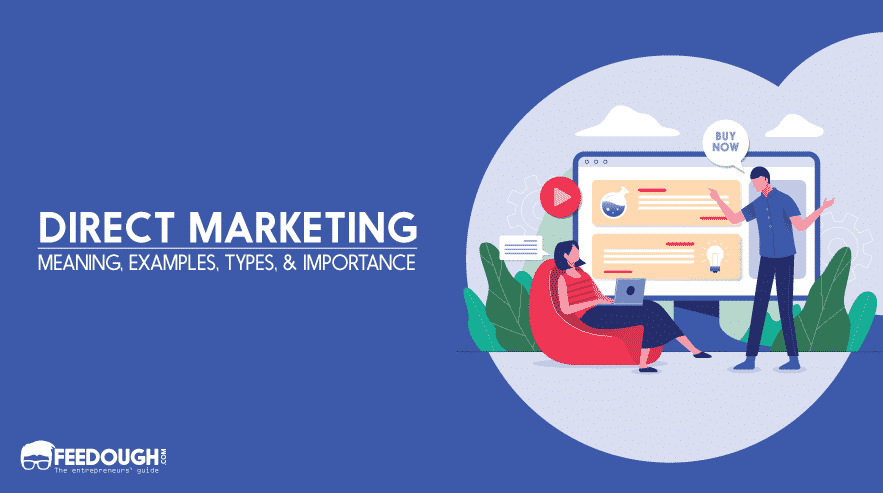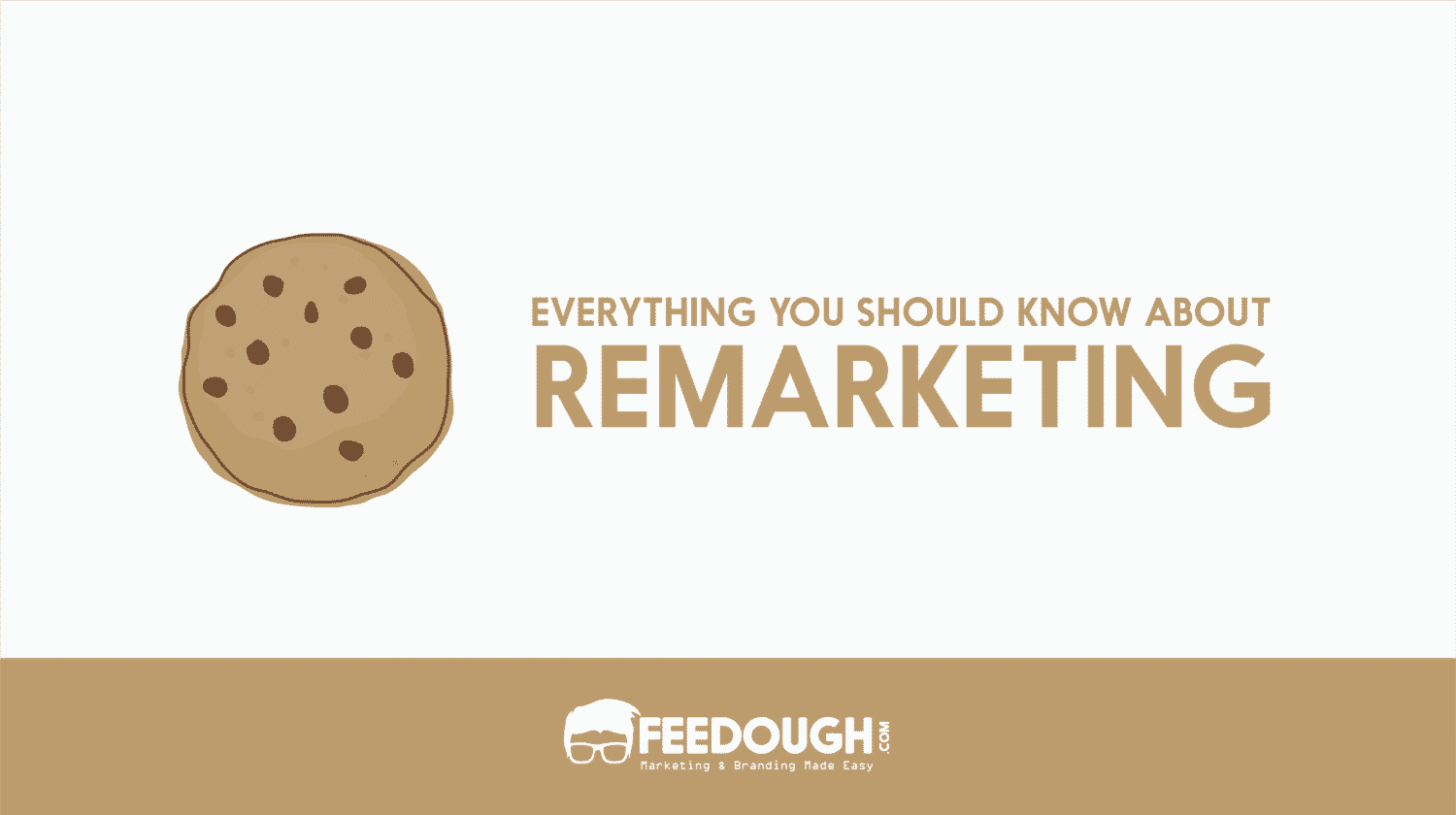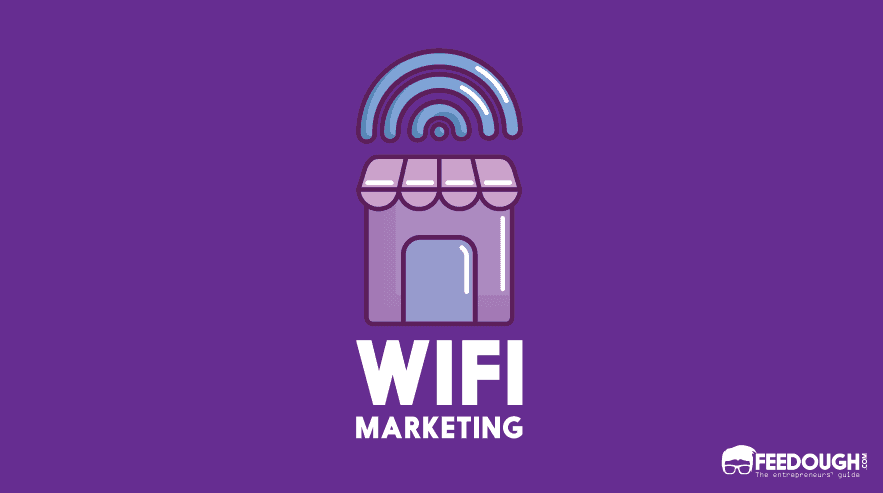Digital marketing has changed the way we reach our clients. Today, it isn’t a shotgun marketing approach anymore, rather, we can get more targeted and personal with our marketing efforts.
Email marketing is one such rifle marketing approach. However, its process can be tedious. You must manually create and send emails to your subscribers, segment them based on their interests and behaviours, and constantly track the performance of your campaigns.
But ever since AI came into the picture, email marketing has become much more efficient and effective. With email marketing automation, all it takes is a one-time setup, and from there, your email campaigns will run automatically without much manual intervention.
So, how can you automate your email marketing efforts? Let’s dive into the details.
What Is Email Marketing Automation?
Email marketing automation refers to the process of automating the creation, sending, and tracking of emails to your subscribers. It uses software and algorithms to send targeted and personalised emails based on predefined triggers or actions your subscribers take.
These triggers can include things like subscribing to a newsletter, making a purchase, or clicking on a specific link in an email.
Here’s an example of how it works:
- A subscriber joins your email list by completing a form on your website.
- This triggers an automated welcome email to be sent to the subscriber.
- If the subscriber clicks on a link in the welcome email, it will trigger another automated email with more information about that specific topic or product.
This entire process is set up beforehand and does not require any manual intervention, making it a time-saving and efficient way of running email marketing campaigns.
What Type Of Email Marketing Can Be Automated?
Almost all types of email marketing can be automated to some degree. Some common examples include:
- Welcome emails for new subscribers
- Abandoned cart reminder emails
- Birthday or anniversary emails
- Promotional or sales emails
- Post-purchase follow-up emails
Given the AI and machine learning capabilities of many email marketing automation software, you can now even automate newsletters (with up-to-date, personalised content), A/B testing, and segmentation for better targeting and results.
How To Automate Email Marketing?
Automating email marketing requires several key steps to ensure:
- Prospects’ information is correctly captured.
- They receive right and relevant emails based on their actions and preferences.
- The process is efficient with minimal manual intervention.
While there is no one-size-fits-all approach to automation, here are some general steps that can help you get started:
Choose The Right Email Marketing Automation Tool
An email marketing automation tool is the spine of the entire email automation process. You wouldn’t want to juggle between multiple software tools to –
- Segregate your subscribers
- Create customised emails
- Send them out to the right audience and
- Monitor their performance.
So, be it just for a newsletter or an extensive campaign – you need to choose an email marketing automation tool that has the following features.
- Segmentation: The ability to segment subscribers based on their actions, preferences, and demographics. For example, you should be able to create a segment of people who clicked on links in your last email, or those who belong to a specific age group.
- Personalisation: Personalisation features such as merge tags, dynamic content blocks that can replace text and images automatically based on subscribers’ data. For example, you can add certain fields in a Google sheet relating to subscriber’s preferences and use those fields in your emails.
- A/B Testing: The ability to test different versions of your email and see which one performs better. To understand what works best for your audience, you can experiment with subject lines, pre-header text, or content.
- Automation Workflows: Features to create automation workflows where you can set triggers and actions based on subscribers’ behaviour. For example, if a subscriber opens an email but doesn’t reply, you can set up a trigger to send them another follow-up email.
- Reporting: The ability to track the performance of sent emails. This includes –
Open rates
Click-through rates
Unsubscribe rates, etc. - Integration: Seamless integration with other tools such as CRM, social media, or e-commerce platforms to gather more data about your subscribers and create targeted campaigns.
- Scalability: The ability to handle many subscribers without compromising on performance. This is crucial for businesses that have a growing subscriber base.
- Customer Support: Access to reliable customer support in case you face any issues while using the tool. Look for options like live chat, phone support, or email support.
Define Your Goals and Objectives
Your goals decide the direction of your email marketing strategy. Before you start, it’s essential to define what you want to achieve through email marketing.
Some common goals for businesses could be –
- Increase website traffic: One of the most-prevalent top-of-the-funnel goals, where businesses aim to drive more traffic to their website through email campaigns. For example, a marketer may have collected prospect emails from LinkedIn and used email campaigns to pitch their offerings or drive them to a landing page.
- Generate leads: The majority of email campaigns are designed to capture leads. For example, a B2B company may send out a whitepaper or case study with the aim of generating leads that can be further nurtured into customers.
- Increase sales: This is the ultimate goal for most businesses – to convert subscribers into paying customers through targeted and persuasive emails.
- Improve customer retention: Email campaigns can also be used to engage and retain existing customers by providing them with valuable content, special offers, or updates on new products and services.
Defining a goal beforehand is vital as it helps you develop the right message targeted to the right audience, thereby increasing the chances of achieving your objectives.
Build And Segment Your Email List
You wouldn’t want to send the same email to a prospect and an existing customer, right? This is where segmenting your email list comes in. Segmenting means dividing your subscribers into different groups based on specific criteria such as demographics, interests, purchase history, etc.
Segmenting your email list allows you to personalise your emails and send targeted content that resonates with each group. It also helps improve the relevance of the information you’re sending out, leading to higher engagement rates and, ultimately, better results.
Generally, you segment your email list based on these criteria:
- Demographics: This includes factors such as age, gender, location, job title, etc. For example, if you’re a fashion brand, segmenting your email list by gender can help you send targeted emails to male and female subscribers.
- Interests: Segmenting based on interests allows you to cater to the specific preferences of your audience. For example, a music streaming service may segment its email list into different genres, such as pop, rock, hip hop, etc., and send out personalised recommendations based on each subscriber’s favourite genre.
- Purchase history: This is especially crucial for e-commerce businesses. By segmenting based on purchase history, you can send targeted emails with product recommendations or special offers that align with each subscriber’s previous purchases. For example, if a subscriber has previously purchased running shoes from your online store, you can send them an email showcasing new arrivals in the same category.
- Engagement level: Engagement, both on the email level and website level, can be a useful criterion for segmentation. By tracking how subscribers interact with your emails and website, you can segment them into categories such as highly engaged, moderately engaged, and not engaged. Similarly, their behaviour on your website, such as pages visited or items added to the cart, can also be used for segmentation.
- Lifecycle stage: This refers to where a subscriber is in their relationship with your brand. Are they new subscribers who just signed up? Or have they been loyal customers for years? Segmenting based on lifecycle stage allows you to tailor your messaging and offers accordingly. For instance, you can send welcome emails with special discounts to new subscribers or exclusive loyalty rewards to long-time customers.
Set Up Automation Triggers
An automation trigger is a specific action that prompts your email marketing automation sequence to start. It could be anything from a signup, a purchase, or even a subscriber’s birthday. By setting up automation triggers, you can ensure that your subscribers receive timely and relevant emails.
Some common automation triggers include:
- Welcome email: This is the first email that a new subscriber receives after signing up for your newsletter. It’s an excellent opportunity to introduce your brand, share some valuable content, and set expectations for future emails.
- Abandoned cart email: If a subscriber adds items to their shopping cart but leaves without completing the purchase, you can trigger an email reminding them of their abandoned cart. This can help recover lost sales and provide an opportunity to upsell or cross-sell related products.
- Birthday email: Sending a personalised birthday email to your subscribers is a great way to make them feel special and build a stronger relationship with your brand. You can offer them exclusive discounts or send them a small gift as a gesture of appreciation.
- Milestone email: This type of email is triggered when a subscriber reaches a specific milestone, such as their 100th purchase or one-year anniversary with your brand. It’s an excellent opportunity to celebrate and thank them for their loyalty.
- Re-engagement email: If you have inactive subscribers who haven’t opened or clicked on your emails in a while, you can trigger a re-engagement email to try and win them back. You can offer them an incentive or simply ask if they still want to receive your emails.
There are several other triggers based on the behaviour and actions of your subscribers that you can use to automate your email marketing efforts. For example, you can set a trigger for when a subscriber opens or clicks on one of your emails to send them a follow-up email with related content or offers.
You can also use triggers based on website activity, such as when a subscriber fills out a form. This allows you to segment your email list and send more targeted and personalised content to each subscriber.
Create Email Campaign Assets
Your email campaign is a mix of different assets that work together to deliver your message and achieve your campaign goals. These assets include:
- Email subject line: Your email subject line is the first thing that subscribers see in their inbox, and it can determine whether they will open your email or not. Make sure to make it attention-grabbing, personalised, and relevant to the content of your email.
- Preview text: This is a short snippet of text that appears below or alongside your subject line in most email clients. It gives subscribers an idea of what your email contains, so use it wisely to entice them into opening your email.
- Email body: The main body of your email is where you deliver your message and provide valuable content to your subscribers. Use a mix of text, images, and links to keep your subscribers engaged.
- Call-to-action (CTA): This is a button or link that encourages subscribers to take a specific action, such as making a purchase or signing up for an event. Make sure to use clear and persuasive language in your CTA to increase the chances of conversion.
- Visuals: Images, videos, and GIFs can make your emails more visually appealing and help break up blocks of text. However, make sure to use them sparingly and optimise their sizes for faster loading times.
- Personalisation tokens: Personalising your email content with the subscriber’s name, location, or other relevant information can make your emails feel more personalised and increase engagement.
- Landing page: If your email contains a CTA that leads to a landing page, make sure the design and messaging are consistent with your email for a seamless experience. Your landing page should also be optimised for conversion.
Depending on your email marketing platform, there may be additional elements that can enhance the effectiveness of your emails. Some platforms offer features such as A/B testing, segmentation, and automation, which can help you fine-tune your emails for better results.
All these depend on your goals and target audience, so it’s important to understand your subscribers and tailor your email strategy accordingly.
Build Automation Workflows
An automation workflow allows you to send targeted, timely messages to your subscribers based on their behaviour or characteristics. For example, you can set up a welcome email series for new subscribers or a re-engagement campaign for inactive subscribers.
Almost all of the modern email marketing platforms offer automation features, making it easier for you to target customers based on their –
- Actions: These include opens, clicks, purchases, and website visits. You can send different emails to subscribers who have performed specific actions, such as a follow-up email after a purchase or a promotion for those who clicked on a certain link.
- Triggers: Triggers are events that initiate an automated email. For example, you can set up an email to be sent when a subscriber’s birthday is approaching or when they haven’t opened your emails in a certain amount of time.
- Segments: Segmentation allows you to divide your subscribers into smaller groups based on characteristics like demographics, interests, or engagement levels. This helps you create more targeted and relevant content for each group, increasing the chances of a successful email campaign.
But for an automation workflow to work as expected, you need the following –
- Recipients list: Your automation workflow will require a list of subscribers to whom you can send emails. If it’s a cold email, you’ll need to build a list from scratch from a database like Appolo or any LinkedIn email finder. But if it’s a warm email, you can use your existing subscriber list.
- Content: The content of your emails is crucial for the success of your automation workflow. Craft engaging and relevant messages that will resonate with your subscribers.
- Goal: Every automation workflow should have a clear goal in mind. It could be to re-engage inactive subscribers, promote a new product or service, or simply nurture leads. Having a specific goal will help you design the flow and content of your emails more effectively.
- Timing: The timing of your automated emails is key. You don’t want to bombard your subscribers with too many emails, but you also don’t want them to forget about you. Consider factors like time zones and peak open times when scheduling your emails.
- Testing: Just like any other marketing campaign, it’s important to test and optimise your automation workflows. A/B testing different subject lines, images, or call-to-actions can help improve your open and click-through rates.
- Personalisation: With automation workflows, you can personalise your emails based on subscriber data. Use this to your advantage by addressing subscribers by their name or tailoring content to their specific interests or behaviours.
Here’s an example automation workflow of a cold email, considering you already have a database of prospects:
- Welcome Email: The first email in your workflow should introduce yourself and your company, as well as the value you can provide to the prospect. Keep it short and concise. Your focus here isn’t to sell but to start building a relationship.
- Email if the welcome email is opened: If the prospect opens your welcome email, it’s a good sign that they are interested in learning more. Follow up with some more information about your company, products or services.
- Email if the welcome email is not opened: In case the prospect doesn’t open your welcome email, send them a follow-up email after a few days. This could be a reminder or a different approach to grab their attention.
- Reply to the interested email: If the prospect responds positively to your previous email, reply with a personalised message and further information about your company or products/services.
- Email if there is no response: If the prospect does not respond, send them a final email asking for their feedback or offering a last chance to engage with your company.
- Follow-up emails: Even the open and unopened follow-up emails can have their follow-up emails. These can be sent after a regular interval, like 2-3 days, and can include additional information, testimonials, or case studies to pique the prospect’s interest further and encourage them to take action.
Test Your Automation Workflow
We build an automation workflow based on ‘our’ strategy and experience. However, the outcome can be completely different than what we expect. Therefore, it is crucial to test the workflow before launching it to a large audience. Some ways to test your automation workflow are:
- Set up a control group: Use a small portion of your email list to test the automation workflow before sending it to the entire list. This allows you to identify any potential issues and make necessary adjustments before launching it to a larger audience.
- Test different scenarios: Don’t just test the ideal scenario, but also consider testing different variations or scenarios that could occur. For example, what happens if a prospect opens but doesn’t click through? Or what if they click through but don’t take any action?
- Monitor analytics: Keep track of your email open rates, click-through rates, and conversion rates during the testing phase. This will help you determine how effective your automation workflow is and identify any areas that may need improvement.
- Get feedback: Ask a few colleagues or friends to go through the automation workflow and provide their feedback. This can give you a fresh perspective on the user experience and help you make necessary adjustments.
Launch and Monitor Your Campaigns
Once you have tested and fine-tuned your automation workflow, it’s time to launch it to your entire email list. However, launching the campaign is not the end of the process. It’s important to continuously monitor your campaigns and adjust as needed to ensure optimal performance.
- Monitor analytics: Keep track of your open rates, click-through rates, and conversion rates regularly. This will help you identify any issues or areas that need improvement.
- A/B test variations: Consider testing different subject lines, email copy, or call-to-action buttons to see which ones perform better. This can help improve the effectiveness of your automation workflow.
- Analyse user behaviour: Use data and analytics to understand how your audience is interacting with your emails. This can help you make strategic decisions about the content and timing of your emails.
Don’t be afraid to make changes to your automation workflow if needed. In fact, it’s important to regularly review and update your campaigns to keep them relevant and effective for your audience.
A startup consultant, digital marketer, traveller, and philomath. Aashish has worked with over 20 startups and successfully helped them ideate, raise money, and succeed. When not working, he can be found hiking, camping, and stargazing.
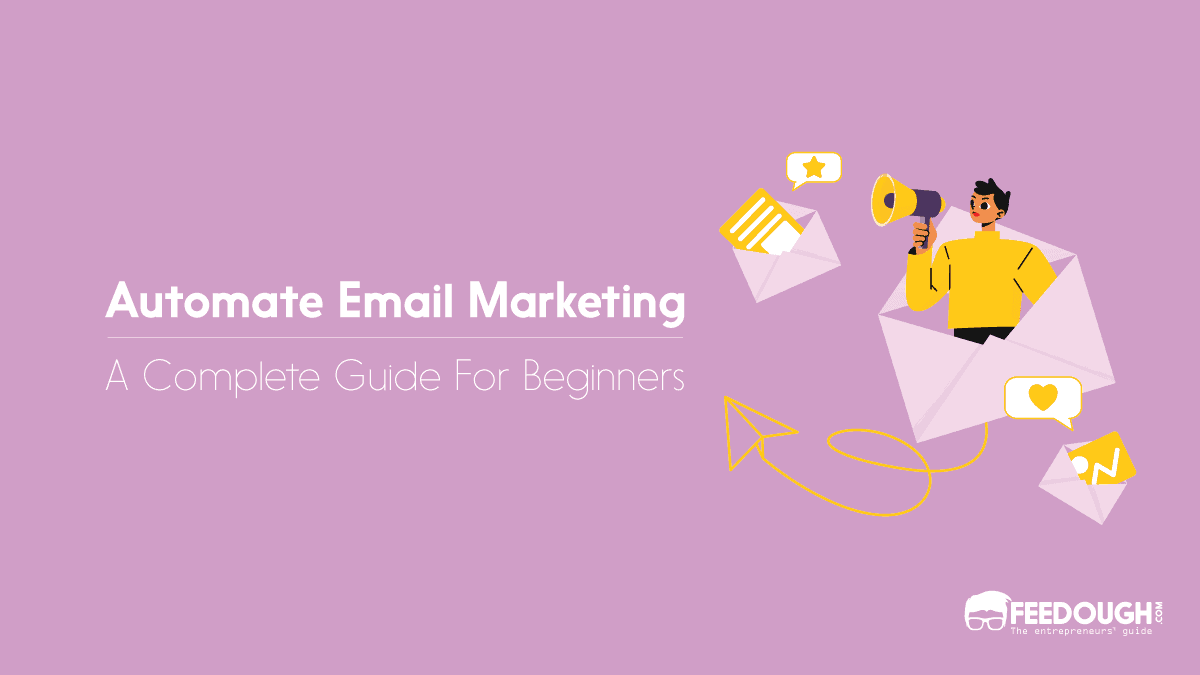
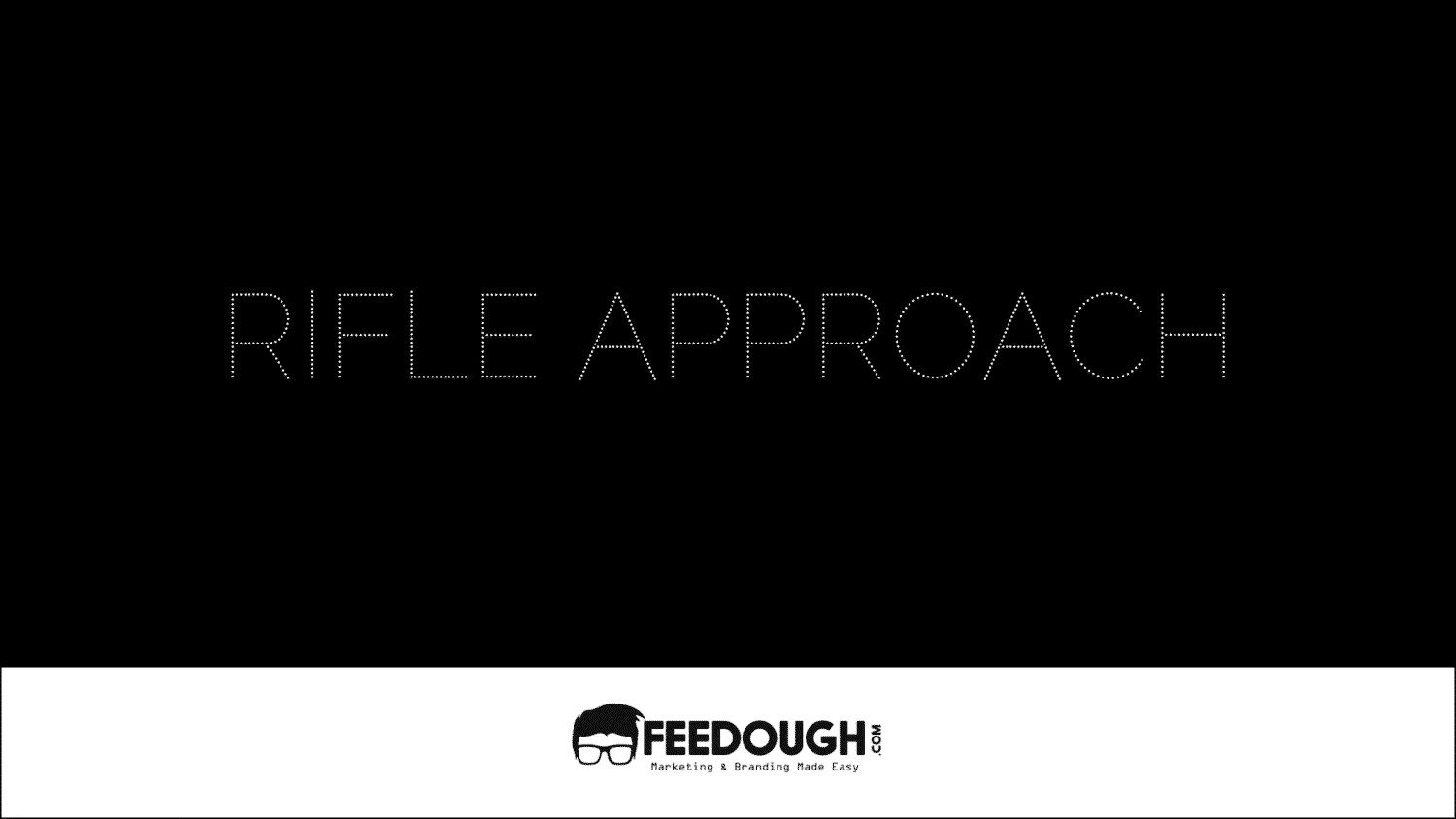
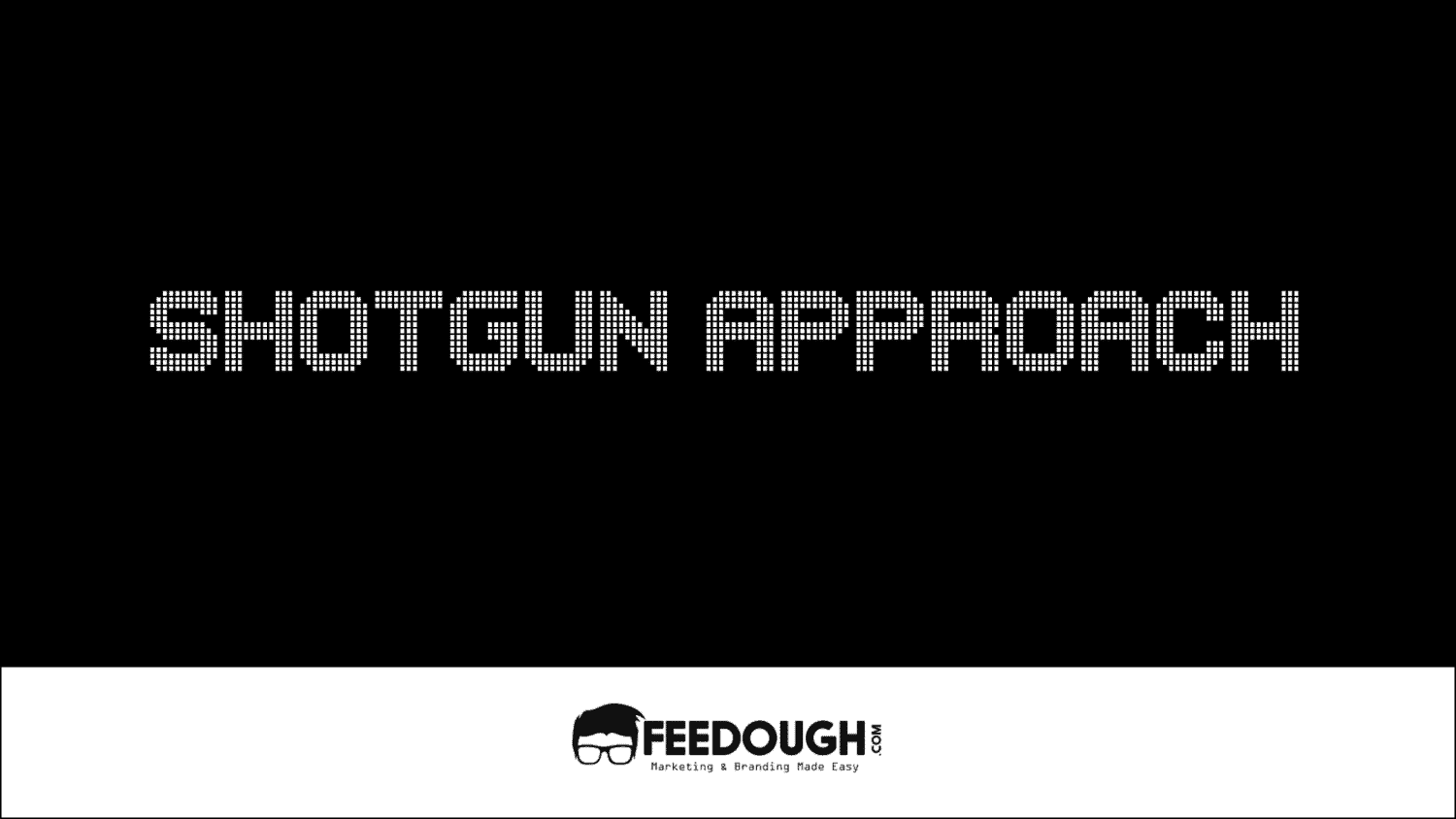
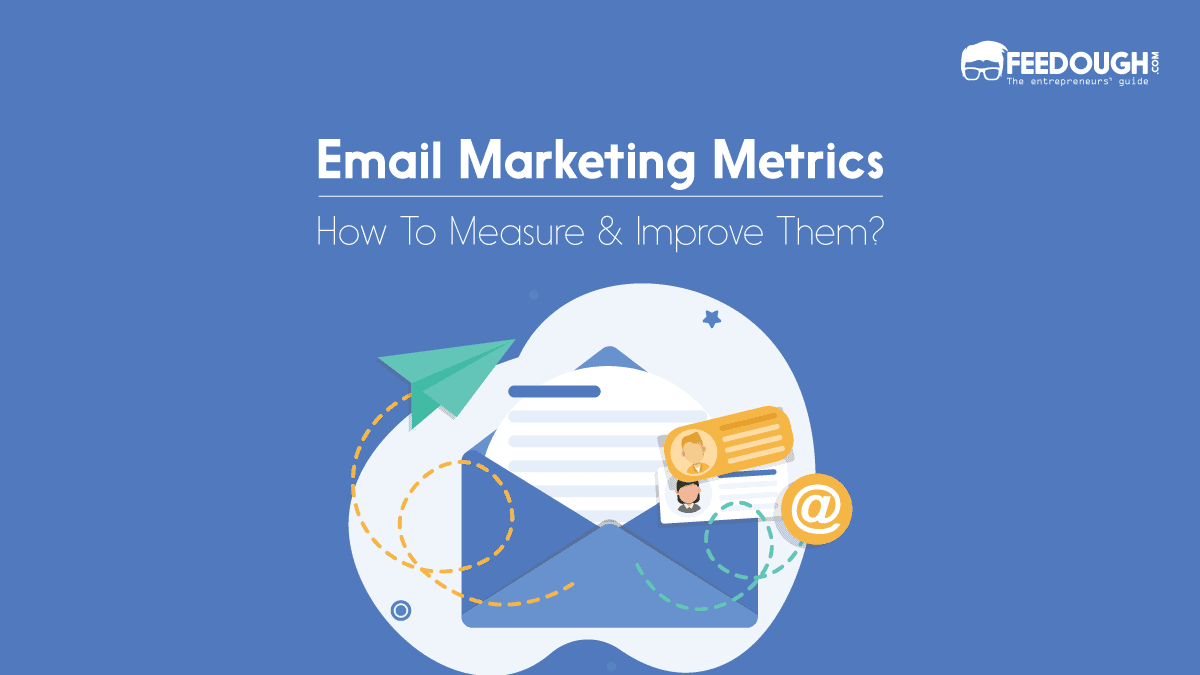
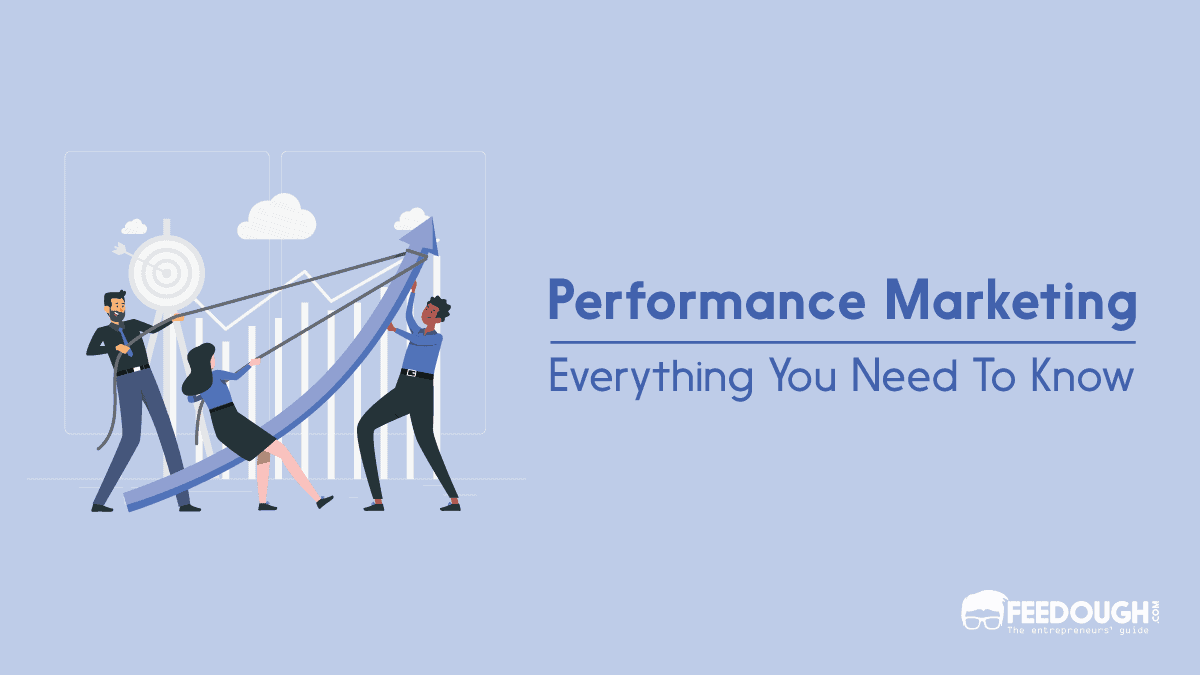
![What Is Email Marketing [Detailed Guide] email marketing](https://www.feedough.com/wp-content/uploads/2022/08/email-marketing.webp)
